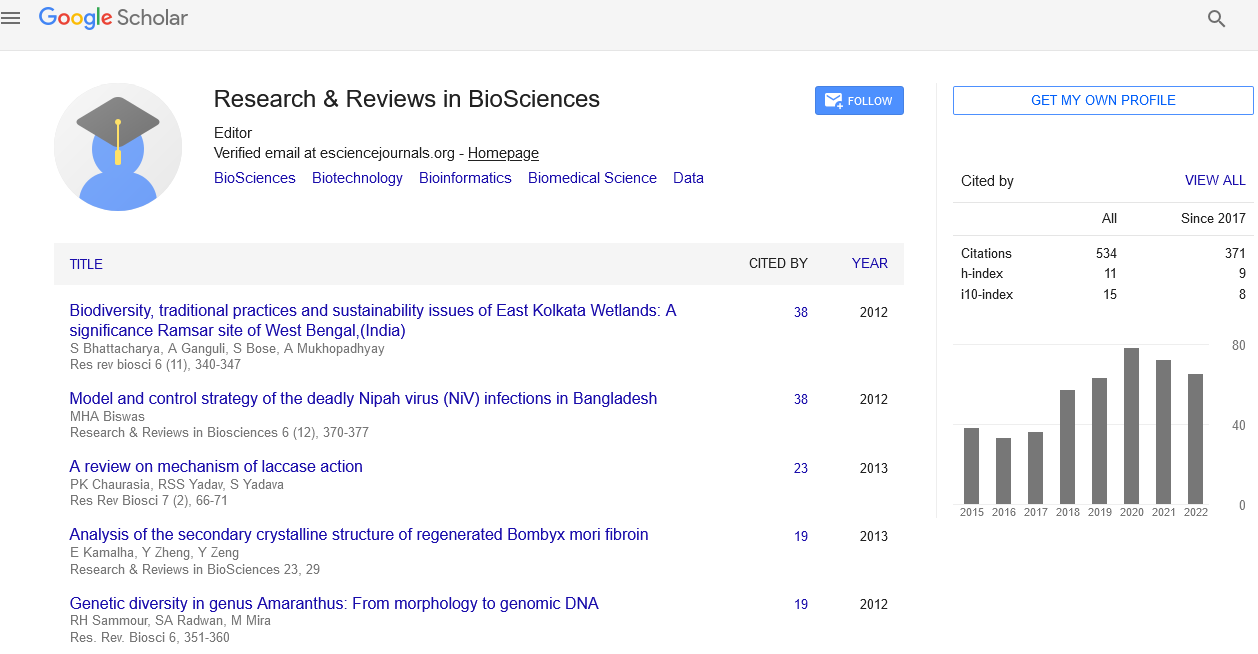Abstract
Climate change its impact on vector borne diseases
Author(s): Y.Gayatri, Anitha Thomas, P.Roselin, M.Shailaja RajOver the ages mankind have depleted natural resources and degraded their local environments. Populations have alsomodified their local climates by cutting down trees or building cities. It is now apparent that human activities are perturbing the climate system at the global scale. Climate change is likely to have wide-ranging and potentially serious health consequences. Some health impacts will result from direct-acting effects like heat wave-related deaths, weather disasters, changes in patterns of infectious disease, and in food production[1]. To assess the potential impacts of climate change on health, it is necessary to consider both the sensitivity and vulnerability of populations for specific health outcomes to changes in temperature, rainfall, humidity, storminess, and so on. All human societies, from primitive to advanced, have had to adapt to the challenges posed by climate. Deeply embedded in this fundamental relationship between climate and human life are the many ways in which climate has always played a role in human health. Climate defines health concerns such as the direct effects of excess heat or cold, the lack of sufficient water during drought seasons or perennially in certain parts of the world, and the risk of various water-borne or vector-borne diseases based on conditions favorable to their spread[2]. Climate change may alter the distribution of important vector species, and this may increase the risk of introducing diseases into new areas. Temperature can also influence the reproduction and survival of the infective agent within the vector, thereby further influencing disease transmission in areas where the vector is already present[3]. However, the ecology and transmission dynamics of vector- borne diseases are complex. The climate factors that could critically influence transmission need to be identified before the potential impact of a changing climate can be assessed. Climate change impactmodels suggest that the largest changes in the potential for disease transmission will occur at the fringes in terms of both latitude and altitude.
